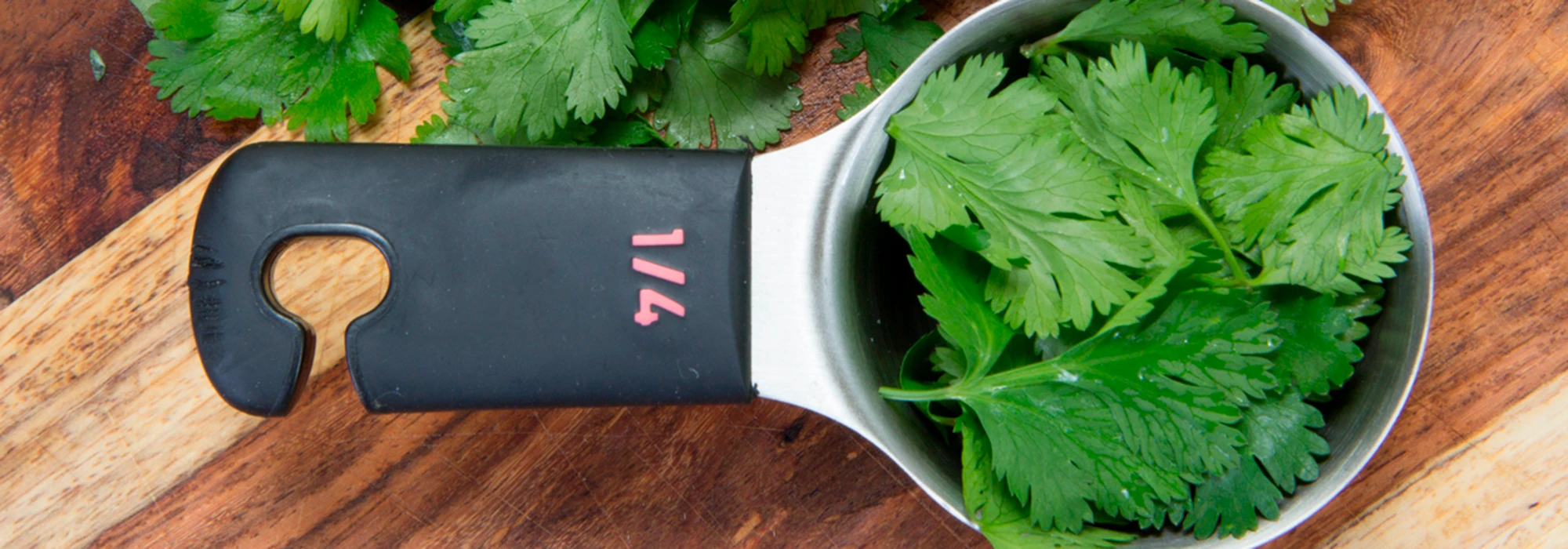Introduction
As a high school student, mastering the skill of converting fractions to percentages is essential. Whether you’re tackling math problems or analyzing data, understanding how to convert fractions to percentages allows you to work with numerical information more effectively. In this blog post, we’ll provide you with a step-by-step guide to converting fractions to percentages, along with examples and common mistakes to avoid. Let’s dive in!
Definition of Fractions and Percentages
Before we delve into the conversion process, let’s briefly review the definitions of fractions and percentages. A fraction represents a part of a whole or a number expressed as a ratio of two integers. On the other hand, a percentage is a way of expressing a fraction or a proportion as a number out of 100. Understanding these concepts is crucial for converting fractions to percentages accurately.
Step-by-Step Guide to Convert Fractions to Percentages
Converting fractions to percentages involves a simple process that can be broken down into three steps:
- Convert the fraction to a decimal: Divide the numerator (the top number) by the denominator (the bottom number) to obtain a decimal representation of the fraction.
- Multiply the decimal by 100: Take the decimal value obtained in the previous step and multiply it by 100 to express it as a percentage.
- Add the percent symbol (%): Append the percent symbol (%) to the resulting percentage value to indicate that it represents a proportion out of 100.
Examples with Solutions
Let’s explore a few examples to solidify our understanding:
Example 1: Convert the fraction 3/4 to a percentage.
- Converting 3/4 to a decimal: 3 ÷ 4 = 0.75
- Multiplying the decimal by 100: 0.75 × 100 = 75
- Adding the percent symbol: 75%
Therefore, 3/4 is equivalent to 75%.
Example 2: Convert the fraction 5/8 to a percentage.
- Converting 5/8 to a decimal: 5 ÷ 8 ≈ 0.625
- Multiplying the decimal by 100: 0.625 × 100 ≈ 62.5
- Adding the percent symbol: 62.5%
Thus, 5/8 is approximately equal to 62.5%.
By following these steps, you can easily convert any fraction to a percentage.
Common Mistakes to Avoid
Converting fractions to percentages is a relatively straightforward process, but some common mistakes can occur. Here are a few common errors to watch out for:
- Not simplifying fractions before conversion: Ensure that fractions are simplified before converting them to decimals and percentages.
- Mixing up the numerator and denominator: Be attentive when identifying the numerator and denominator to avoid incorrect calculations.
- Forgetting to add the percent symbol: Remember to include the percent symbol (%) at the end of the converted value to indicate that it represents a percentage.
Conclusion
Converting fractions to percentages is a fundamental skill for high school students. It allows you to interpret and analyze numerical information more effectively, whether it’s in math problems, data analysis, or real-life situations. By following the step-by-step guide provided in this blog post and being aware of common mistakes, you’ll be well-equipped to convert fractions to percentages with confidence. Enlisting the support of math tutors can be helpful for solidifying your understanding of this fundamental concept. Keep practicing, and soon this process will become second nature to you. Happy converting!




